Nepal earthquake: First glimpse of devastation wrought on remote Gorkha region at heart of quake - as wood runs low for cremations
Survivors say up to 90 per cent of houses in some villages have been destroyed in an area that is home to 288,000 people
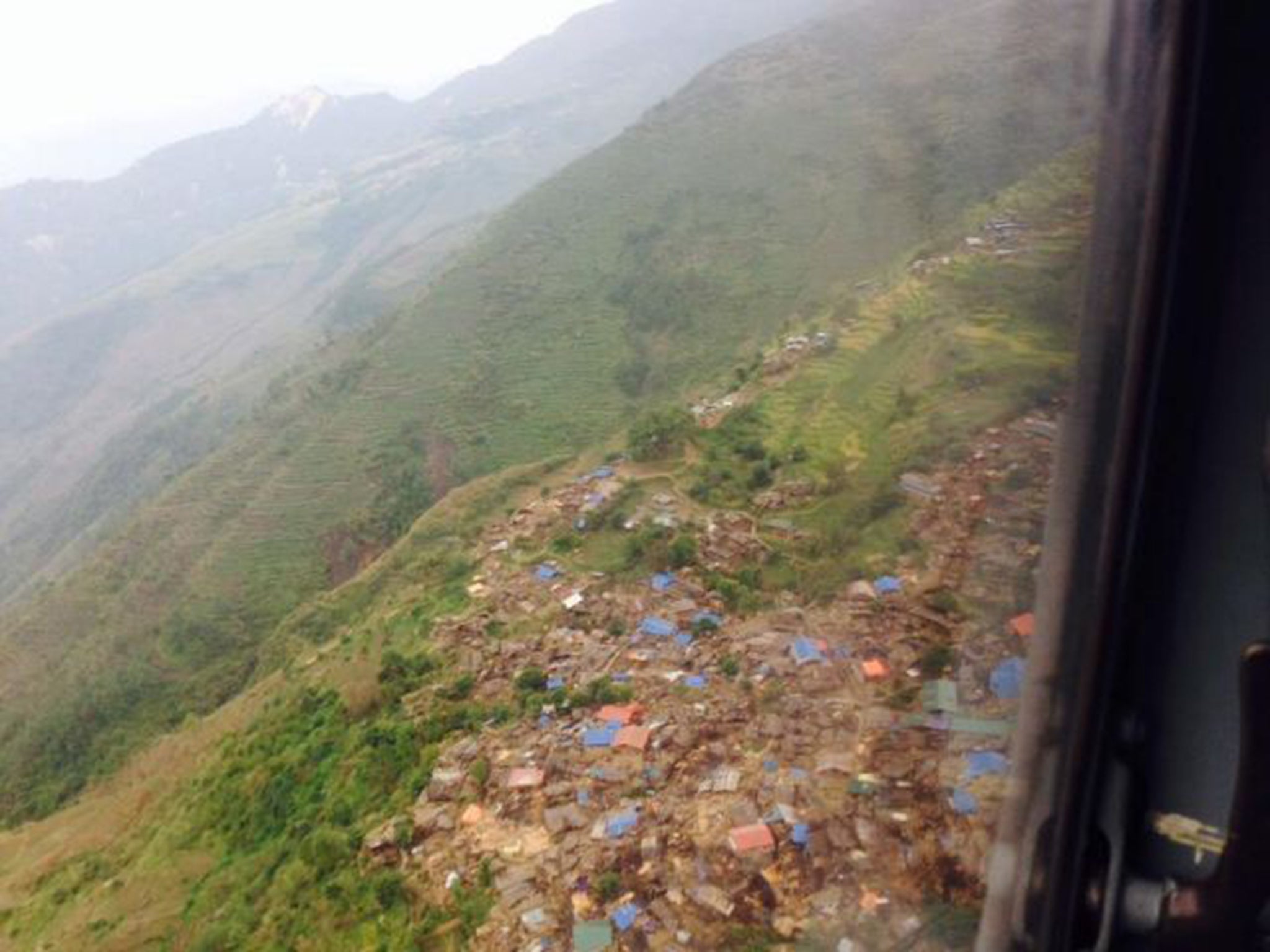
Your support helps us to tell the story
From reproductive rights to climate change to Big Tech, The Independent is on the ground when the story is developing. Whether it's investigating the financials of Elon Musk's pro-Trump PAC or producing our latest documentary, 'The A Word', which shines a light on the American women fighting for reproductive rights, we know how important it is to parse out the facts from the messaging.
At such a critical moment in US history, we need reporters on the ground. Your donation allows us to keep sending journalists to speak to both sides of the story.
The Independent is trusted by Americans across the entire political spectrum. And unlike many other quality news outlets, we choose not to lock Americans out of our reporting and analysis with paywalls. We believe quality journalism should be available to everyone, paid for by those who can afford it.
Your support makes all the difference.Laprak is normally a place teeming with life. The 2,000 inhabitants of its 460 stone houses farm the surrounding terraces and dry crops on wooden platforms. Now, this village at the epicentre of the Nepalese earthquake more closely resembled matchwood.
As emergency aid flights from Britain and around the world began to land in Kathmandhu, bringing with them desperately needed supplies for hundreds of thousands in need of food and water, the first glimpse was offered of the devastation wrought on Nepal’s remote Gorkha region at the heart of Saturday’s 7.8-magnitude quake.
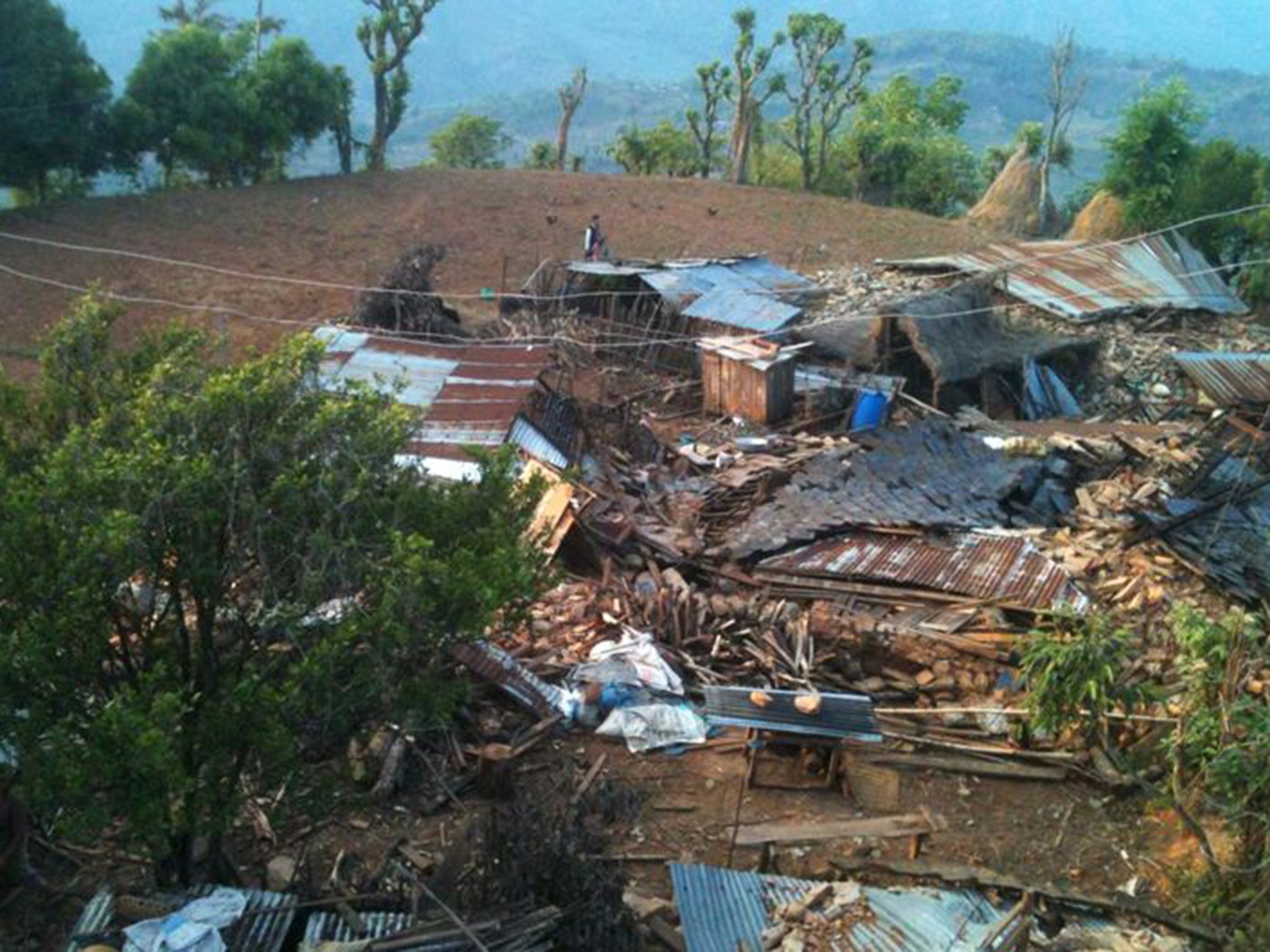
A picture taken from a helicopter overflying Laprak some 140 miles west of the capital, obtained by The Independent, shows home after home flattened by the tremor and the surrounding fertile terraces, used to grow barley and millet, gouged by the vast energy unleashed from beneath the earth. Of life among its 2,165 souls, there was little sign.
Baburam Bhattari, a former Nepalese prime minister who took the photograph while overflying his native district, said roads to the village had been destroyed and rescuers had no chance to reach its residents. It was an image which he said he feared had been repeated across the 1,000 villages of the Gorkha district, which covers 3,600 square kilometres and is home to 288,000 people.
Mr Bhattari said: “The entire village and hill is destroyed. No relief and rescue is being carried out. Such kinds of terrible pictures may be found elsewhere in Nepal, where helicopters cannot land and people cannot reach [the injured] on foot.”
The official death toll from the disaster last night rose to 3,922 with 7,119 injured as hospitals in Kathmandhu and towns in the quake zone were overwhelmed with an unceasing tide of casualties. The Nepalese government appealed for material and human aid ranging from tents and helicopters to orthopaedic surgeons and anaesthetists. One official said: “We have not been able to reach the people who need help on time.”
The true scale of the tragedy will only become clear as Nepalese and international teams begin to reach the remote communities of Gorkha, where initial reports from survivors said up to 90 per cent of homes in some villages have been destroyed. Some communities are so remote they can only be reached after three days’ walk.
Aid workers described dazed survivors sitting among the rubble of their homes in pouring rain, the lucky few able to fashion basic shelters from pieces of plastic sheeting.
Matt Darvas, an aid worker with World Vision who reached the region, said: “It does not seem aid is reaching here very quickly. Further north from here the reports are very disturbing.”
There were, however, conflicting reports about the number of casualties arising from such widespread devastation.
Udav Prashad Timalsina, the top official in Gorkha, said there had been 223 confirmed deaths but “the number would go up because there are thousands who are injured”. Other reports from the region said many appeared to have been able to flee their collapsing homes and deaths were expected to be “in the hundreds, not the thousands”.
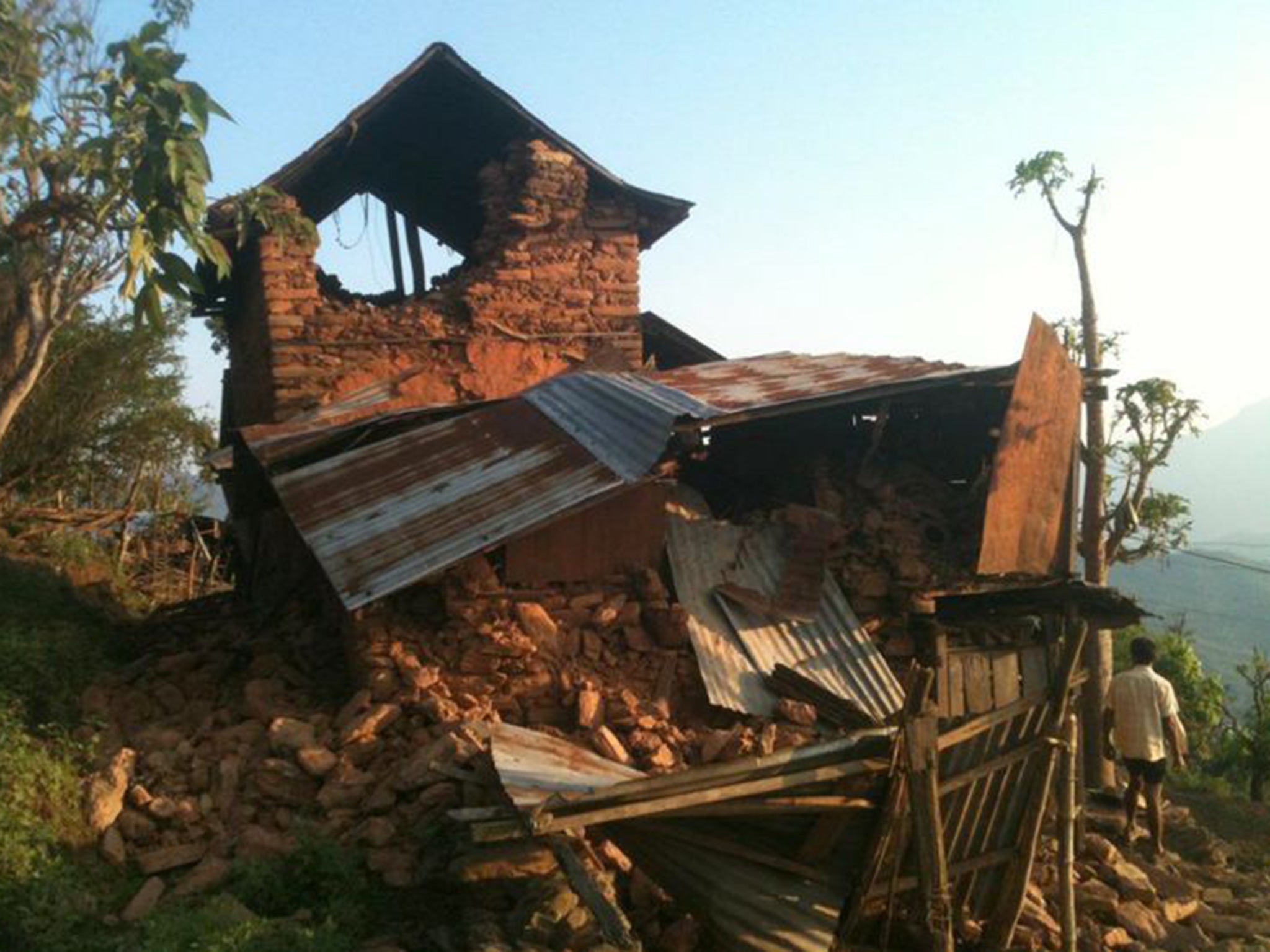
With tens of thousands of Nepalese spending their third night sleeping outside for fear of further building collapses, and water and electricity supplies disrupted amid reports of food shortages, aid agencies warned nonetheless that the situation remained grave. Up to 100,000 people have been made homeless by the disaster and epidemics are an acute risk.
Lila Mani Poudyal, the government’s chief secretary and the rescue co-ordinator, appealed for more help from the international community.
He said: “We are appealing for tents, dry goods, blankets, mattresses, and 80 different medicines that the health department is seeking that we desperately need now. We don’t have the helicopters that we need or the expertise to rescue the people trapped.”
In this overwhelmingly Hindu country of 28 million, cremation is the norm and one of the most pressing shortages was of wood necessary to build the thousands of pyres needed to burn the dead.
At the Pashupati Nath temple in Kathmandu some 300 funeral rites were held yesterday, with smoke from dozens of pyres at time rising into the sky but with 250kg of wood needed for each cremation, stocks were fast running out.
Two RAF aircraft carrying aid supplies were among several dozen flights due to land at Kathmandu small airport on Monday as the international rescue operation began to reach a critical mass. Flights with tonnes of material, including mobile hospitals, were due from India, Pakistan, the United States, Israel, Australia and New Zealand.
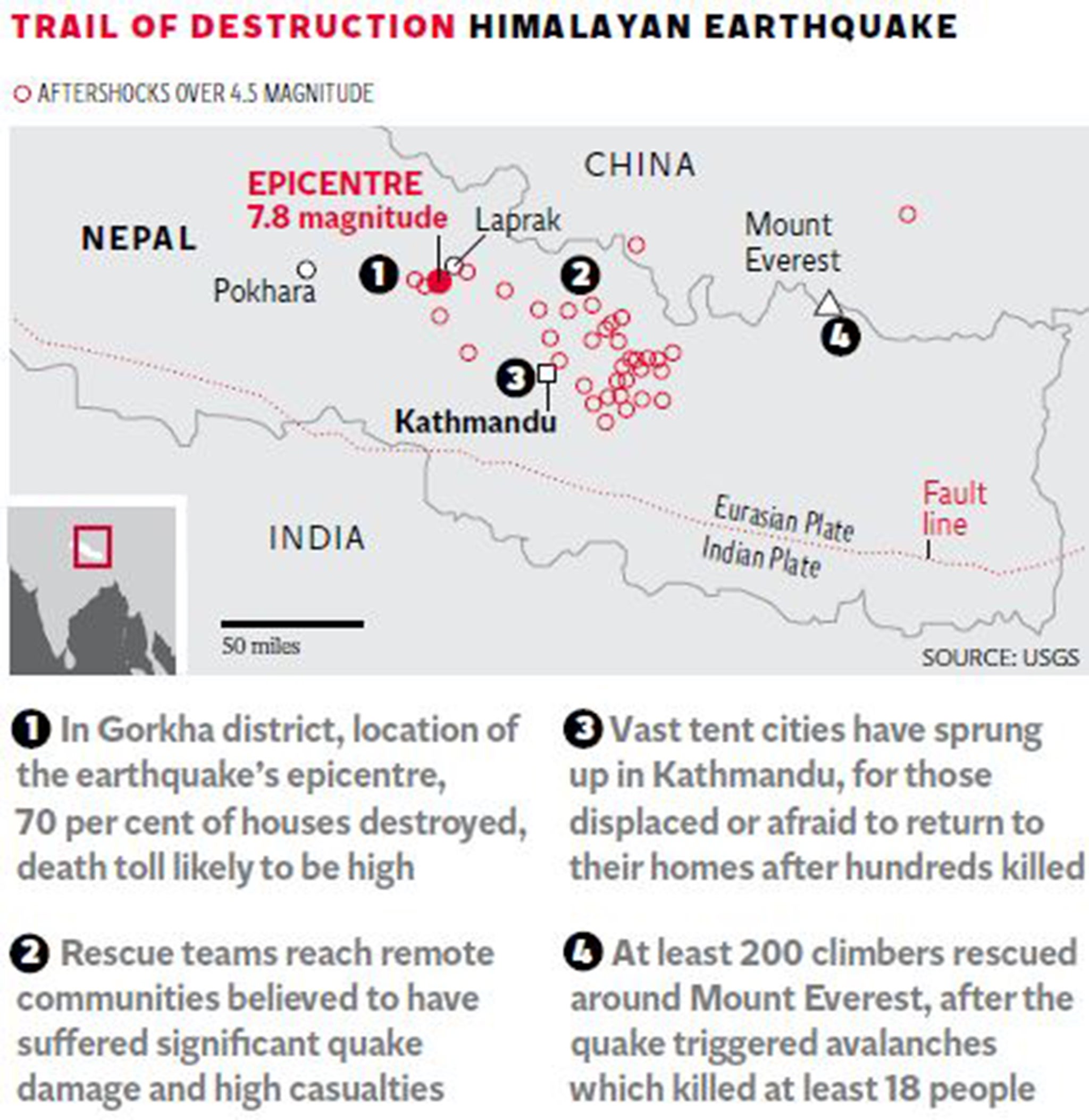
British specialist rescue teams reached the capital to begin combing the wreckage for survivors.
Some 40 Britons visiting or living in Nepal - a popular destination for trekkers and gap-year students - remained missing as mobile phone networks and internet connections continued to be disrupted. On Everest, a race against time was under way to airlift up to 200 climbers trapped above the site of the avalanche triggered by the earthquake, which claimed 18 lives on the mountain.
The trauma of the quake was meanwhile causing thousands of Nepalese to attempt to flee Kathmandu due to the fear of further aftershocks and concern about shortages. The authorities have warned traders against profiteering after complaints emerged of taxi drivers and other public vehicles up to six-times the pre-quake rates for journeys.
Others, however, were left to begin to get to grips with the grief caused by abrupt loss of so many lives.
In Kathmandu’s Bir hospital, where like other medical facilities, casualties have had to queue outdoors for treatment that takes hours if not days to arrive, 12-year-old Sarmila Saha was asking her grandmother when her mother, Sunita, would come to visit her.
Sunita was one of five killed when the family home collapsed. Her grandmother said: “I don’t know what to say, or what not to say. She doesn’t want to eat anything but is repeatedly asking for her mother.”
Doctors said the repeated tremors and aftershocks were taking their toll on survivors, causing people to run into the streets crying and screaming with every movement.
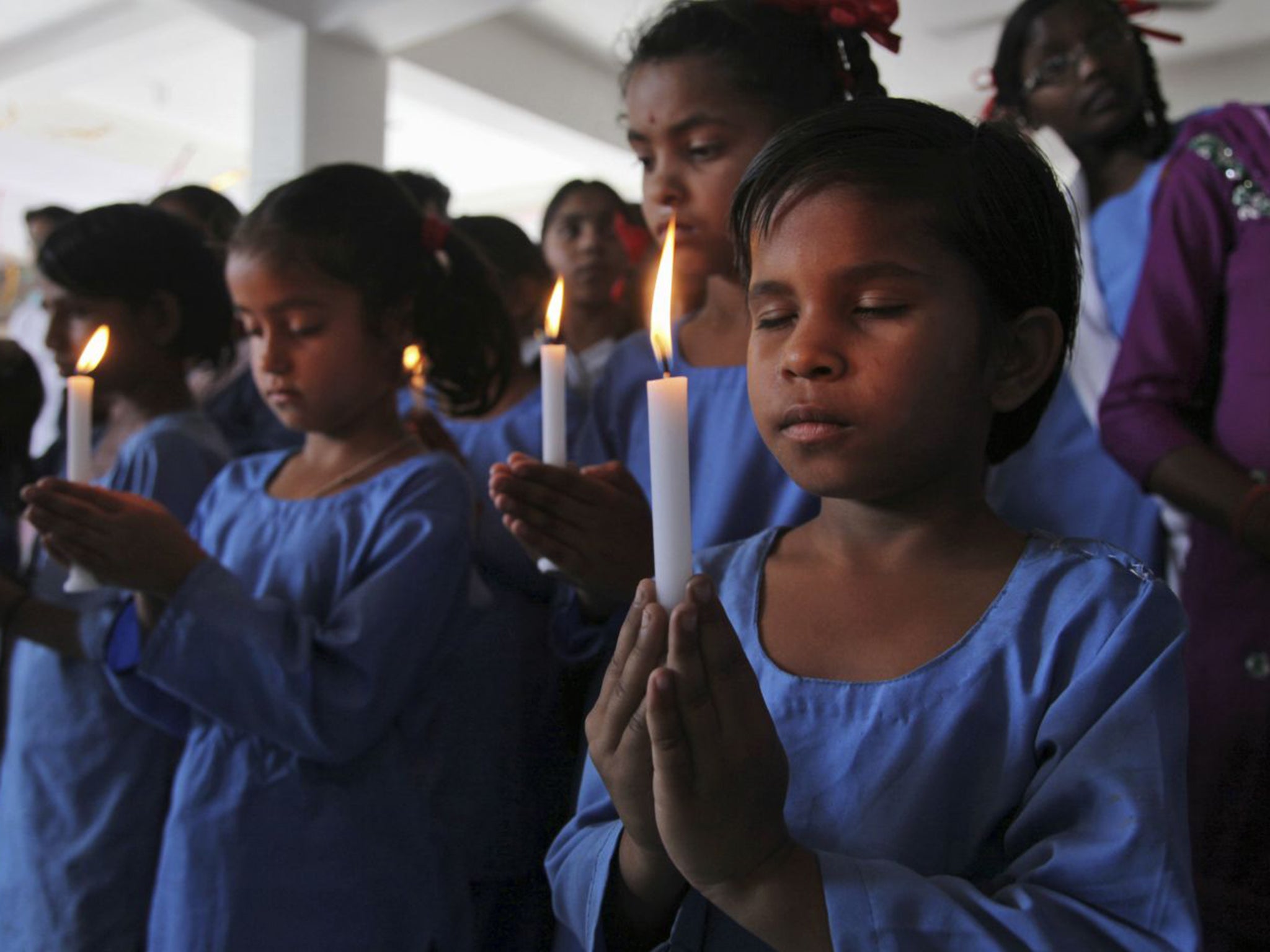
Dr Unni Krishnan, of Plan International, said a particular concern was to arrange proper lighting and protection in temporary shelters for children and young girls to prevent them from being preyed upon by traffickers.
Above all, there was a sense that an already impoverished country has been taken back to zero.
Dr Krishnan said: “The relief efforts could last anything between 30 and 60 days. We will have to start rehabilitation works. The earthquake wiped out any development this country has seen.”
Additional reporting by Anil Giri
Join our commenting forum
Join thought-provoking conversations, follow other Independent readers and see their replies
Comments